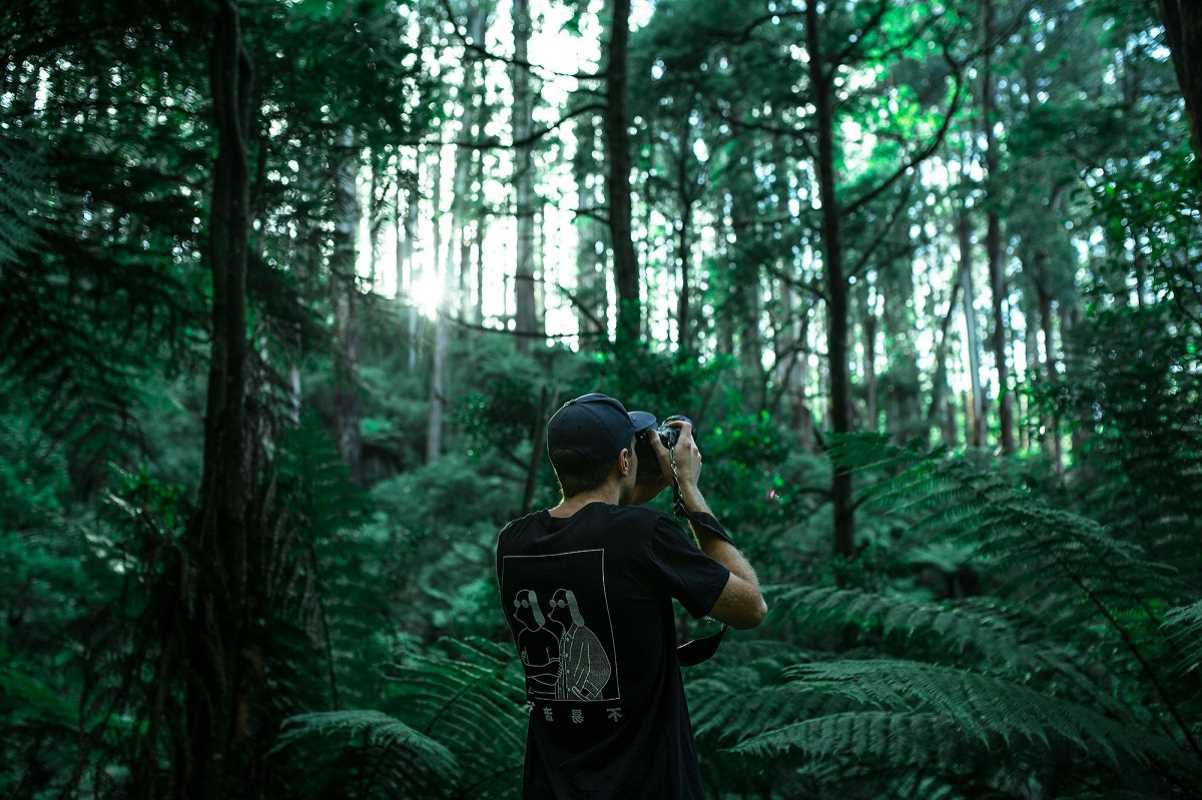A career in nature photography combines creativity, adventure, and a deep appreciation for the natural world. For aspiring photographers, the dream of waking up to capture golden sunrises or hiking rugged trails in search of the perfect frame can become a reality with dedication, the right tools, and an understanding of how to monetize your passion. If you’ve been yearning to turn this passion into a fulfilling career or side hustle, this guide offers actionable advice to help you get started, develop your unique style, and build sustainable income as a nature-inspired photographer.
1. Gear Up With the Right Tools
The right equipment can make all the difference in the quality of your photographs. While nature photography isn’t necessarily about having the most expensive gear, certain tools will help you capture the beauty of the outdoors more effectively.
Cameras
- Entry-Level: If you’re just starting, a DSLR or mirrorless camera like the Canon EOS Rebel T8i or Sony Alpha a6100 is both affordable and versatile.
- Intermediate: For higher resolution and flexibility, consider the Nikon Z6 II or Fujifilm X-T5.
- Advanced: Professionals often rely on cameras like the Sony A7R IV or Canon EOS R5, both known for their exceptional image quality and reliable autofocus.
Lenses
Different types of lenses are essential for capturing diverse elements of nature.
- Wide-Angle Lenses: Perfect for grand landscapes; try the Tamron 17–35mm f/2.8-4.
- Telephoto Lenses: Ideal for wildlife; consider the Sigma 150-600mm f/5-6.3 for stellar reach.
- Macro Lenses: Fantastic for close-ups of insects or plants; the Canon EF 100mm f/2.8L Macro is a solid choice.
Accessories
- Tripod: A sturdy tripod like the Manfrotto Befree Advanced is essential for long exposure shots or tricky terrain.
- Filters: Circular polarizers or ND filters can enhance skies, reduce reflections, and add motion effects to water.
- Backpack: Invest in a weatherproof carry bag like the Lowepro ProTactic BP 450 AW II to protect your gear during outdoor adventures.
2. Develop Your Skills and Unique Style
Photography is both technical and artistic, and fine-tuning your skills while finding your creative voice is key to standing out in the crowded field of nature photography.
Learn the Basics
Understanding lighting, composition, and camera settings is foundational.
- Online Courses: Platforms like Coursera, Skillshare, and Udemy offer excellent courses for beginners. Look for titles like Fundamentals of DSLR Photography.
- Books: Guides like Understanding Exposure by Bryan Peterson or The Art of Photography by Bruce Barnbaum are classics.
Experiment and Practice
Spend time exploring local trails, parks, or even your backyard, practicing different techniques. Experiment with golden hour lighting, reflections, shadows, and leading lines to develop a distinctive style.
Learn Editing
Post-processing can take your photography to the next level.
- Software: Learn Adobe Lightroom and Photoshop for professional-quality editing.
- Free Options: For beginners, try GIMP or Darktable for basic adjustments.
- Resources: YouTube channels like Phlearn or The Art of Photography provide excellent tutorials.
Find Inspiration and Build Vision
Study the work of celebrated nature photographers like Ansel Adams, Paul Nicklen, and Maggie Steber to understand their use of light, perspective, and storytelling. Over time, you’ll discover themes or techniques that resonate with you, helping you refine your own style.
3. Build an Impressive Portfolio
A professional portfolio is your best tool for showcasing your talent and attracting clients or collaborators.
Curate Your Best Work
Select 15–20 of your strongest photos that highlight your versatility. Aim to showcase different subjects like landscapes, wildlife, and macro shots.
Build a Website
Your portfolio deserves a dedicated online platform.
- Platforms: Use affordable and easy-to-navigate builders like Squarespace, Wix, or WordPress.
- What to Include: Create sections for galleries, an “About Me” page, and clear contact information.
Share on Social Media
Social platforms are a powerful way to connect with potential clients and fellow photographers.
- Instagram: Focus on high-quality, cohesive posts. Use nature-centric hashtags like #WildlifePhotography or #NatureLovers.
- 500px: This platform caters to photographers and can be a valuable space for showcasing your work to a niche audience.
- Flickr: Another good option for sharing high-resolution collections and joining photography groups.
Enter Contests
Submitting your work to competitions like National Geographic’s Your Shot or the International Photography Awards boosts your credibility which can lead to significant exposure.
4. Monetize Your Craft
A career in nature photography doesn’t have to start with expensive assignments. Many photographers diversify their income streams to build financial sustainability.
Sell Prints
Turn your best images into prints or products like calendars and postcards.
- Print Companies: Partner with platforms like Fine Art America, Etsy, or Society6 to sell prints without handling inventory.
- At Craft Fairs or Markets: Build a booth that reflects your brand and offers affordable, entry-level products alongside premium prints.
Offer Stock Photography
Contribute your photos to stock image websites, which are in high demand for nature visuals.
- Top Websites: Shutterstock, Adobe Stock, and Getty Images.
- Pro Tip: Focus on niches like wildlife or environmental conservation to stand out.
Work With Brands and Businesses
Collaborate with outdoor gear companies, eco-tourism brands, or conservation nonprofits to provide high-quality imagery for their websites and campaigns.
Teach Photography
If you love helping others learn, consider hosting workshops or offering private lessons on nature photography techniques. You could even create an online course for platforms like Teachable or join sites like Masterclass as you gain recognition.
5. Join a Community
Being part of a larger community helps you stay inspired, expand your skills, and network with fellow photographers and potential clients.
Join Photography Networks
- Nature Photographers Network (NPN): This membership-based community connects serious nature photographers through critiques and forums.
- Meetup: Search for local photography groups to join nature-centric outings.
- Facebook Groups: Join specialized groups like Wildlife Photographers Worldwide.
Attend Photography Workshops
Invest in workshops led by experienced photographers to hone your craft.
- Rocky Mountain Photography Workshops: Focus on dramatic landscapes and wildlife.
- Out of Chicago Photography Workshops: Great for immersive, hands-on guidance.
Collaborate and Publish
Work with other creatives like writers or conservationists to develop projects that spread your work to new audiences. Explore opportunities to publish your images in magazines like Outdoor Photographer or National Wildlife.
Becoming a nature-inspired photographer is as much about passion and persistence as it is about perfecting your craft. With the right tools, strategic planning, and a love for the outdoors, you can turn your talent into a thriving career or fulfilling side hustle.
 (Image via
(Image via





